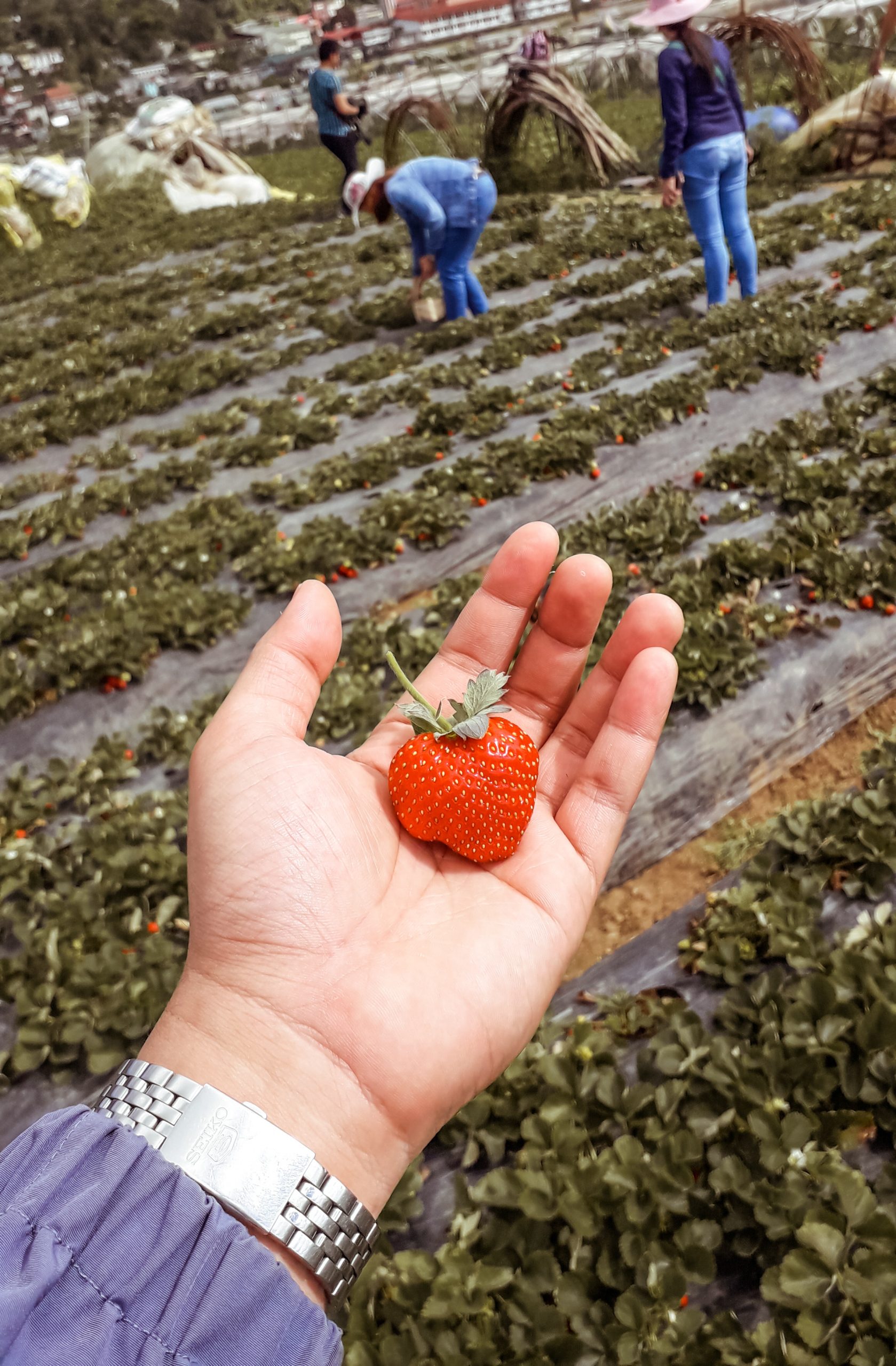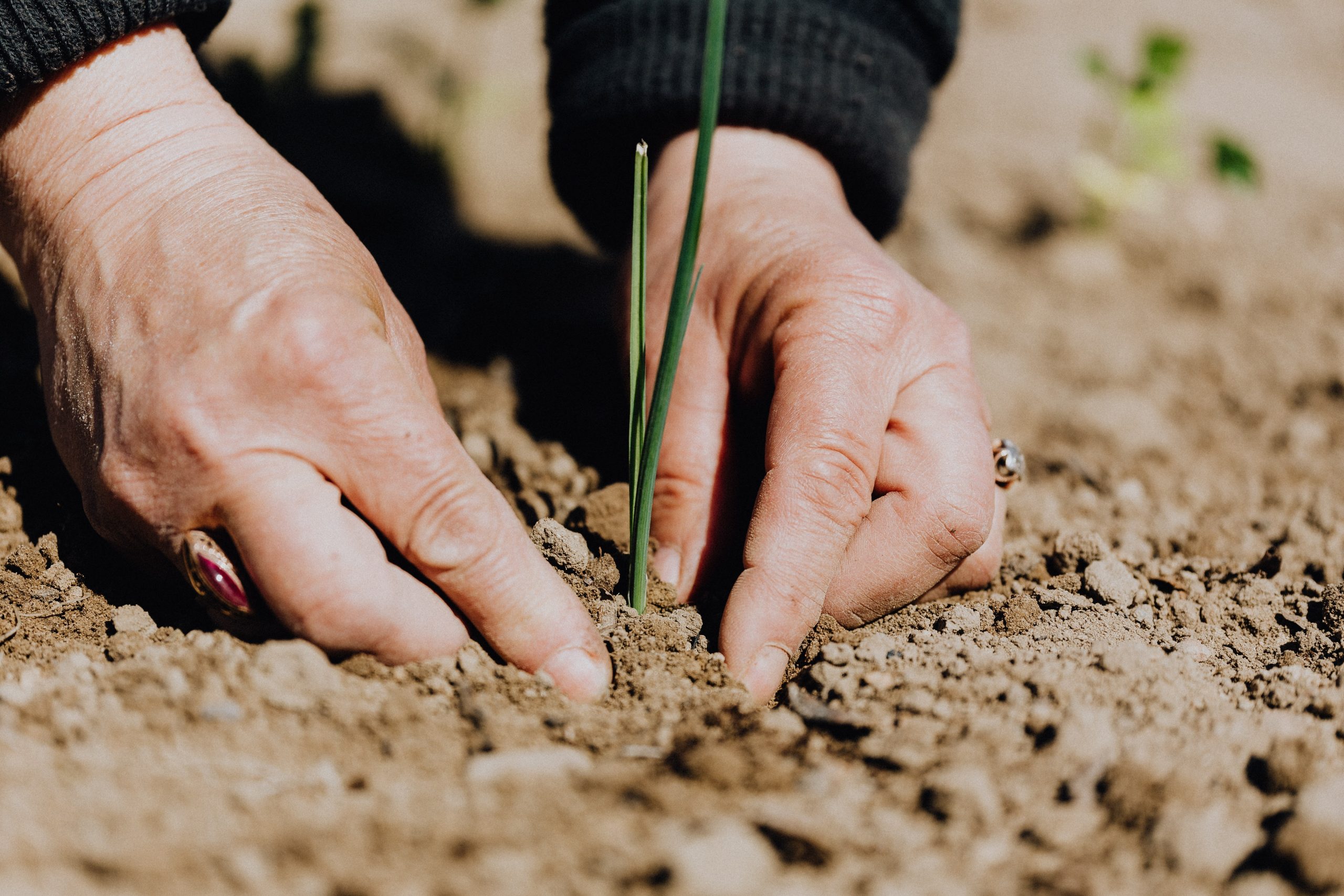If you have ever visited the Philippines, you may have noticed the enormous and seemingly never-ending fields of crops as you travel through the countryside. These are the outcomes of the nation’s lengthy history of plantation agriculture; an agribusiness model utilized for many years to boost crop yields and maximize profits. A single crop is grown on a big scale using this farming technique, often on rented or owned land. Between farmers, environmentalists, and policymakers, it is a contentious practice that has created a fiery discussion. In this article, we’ll examine plantation agriculture in the Philippines, its ins and outs, and how it affects the environment and local economy.

History of Plantation Agriculture in the Philippines
Since the arrival of Spanish colonists in the 16th century, plantation agriculture has been practiced in the Philippines. During this time, cash crops largely grown for export, such as tobacco, sugar cane, and abaca, were introduced. These crops were grown using the encomienda system, a colonial Spanish labor arrangement that permitted Spanish conquistadors to employ native communities’ labor in exchange for tribute.
Large-scale commercial plantations were established in the Philippines during the 1898–1946 American colonial period. The Americans introduced new crops largely grown for export to the United States, like pineapple, coconut, and rubber. The Philippine Organic Act of 1902 and the Philippine Commission’s Act No. 519, which encouraged American investors to participate in the nation’s agricultural sector, were only two policies the colonial administration put into place to foster the expansion of plantation agriculture.
During World War II, the Philippines’ Japanese occupation greatly affected the plantation business. Crops were either burned or left unharvested, and many plantation owners and workers were evicted. Following the war, the Philippine government implemented measures to rehabilitate the plantation sector. One such measure was the Philippine Rehabilitation Act of 1946, which gave small-scale farmers credit to buy seeds and equipment.
Plantation agriculture is still a significant part of the Philippine economy today, with pineapple, coconut, and bananas among the leading exports. However, the sector has encountered difficulties, including decreased soil fertility, pests and illnesses, problems with land ownership, and problems with labor practices.
The Current State of Plantation Agriculture in the Philippines
The Philippine economy continues to be heavily reliant on plantation agriculture. The following are some significant elements of how the market is doing right now:
- Coconut: After Indonesia, the Philippines produces the most coconut products worldwide. According to estimates, the nation’s coconut industry occupies about 3.5 million hectares of land.
- Banana: After Ecuador, the Country is the second-largest exporter of bananas. In the Philippines, the banana business employs approximately 300,000 people (about half the population of Wyoming).
- Pineapple: After Costa Rica, the Country is the second-largest exporter of pineapples. Pineapple plantations are predominantly found in Mindanao.

Geographical Distribution of Plantations
The Philippines’ several regions all grow plantation crops, although the Visayas and Mindanao regions have the biggest plantations. The climate in these areas is ideal for growing pineapple, coconut, and bananas.
All parts of the nation have coconut plantations. However, the Bicol, Eastern Visayas, and Zamboanga Peninsula regions have the biggest plantations. Banana plantations can be found in Davao and other areas of Mindanao, while pineapple plantations are mostly concentrated in that region.
Economic Impact of plantation agriculture in the Country
The plantation industry significantly contributes to the Philippine economy, employing over 3 million people. The export of plantation crops is a major source of foreign exchange for the Country, with coconut, banana, and pineapple among the top exports. The industry also supports the livelihoods of small-scale farmers, who comprise most of the Country’s coconut farmers.
Environmental and Social Issues Surrounding Plantation Agriculture
Monoculture farming or growing the same crop extensively on a single parcel of land is a common practice in plantation agriculture. This approach may have consequences for erosion, soil loss, and biodiversity loss. Excessive pesticide and fertilizer use, which can contaminate water supplies and harm the ecosystem, is another risk associated with monoculture farming.
Surrounding Issues land ownership and labor practices
The plantation industry has been associated with issues surrounding land ownership and labor practices. Some indigenous communities have been displaced from their land to make way for plantations. Labor practices in the industry can also be problematic, with some workers facing low wages, poor working conditions, and limited access to basic services such as healthcare and education.
Impact of plantation agriculture on Indigenous Communities
Indigenous groups, which may depend on the land for their means of subsistence and cultural customs, may be negatively impacted by plantation agriculture. Loss of traditional knowledge and customs and social and cultural upheaval can result from being uprooted from ancestral grounds. Plantations’ effects may impact Native American tribes who depend on these resources for their everyday needs on the quantity and quality of natural resources like water.
Prospects of Plantation Agriculture in the Philippines
There is growing interest in sustainable plantation farming practices prioritizing environmental and social responsibility. Sustainable practices may involve crop diversification, organic farming methods, and renewable energy sources like solar power.
It is anticipated that the demand for plantation crops, including coconut, bananas, and pineapple, will increase globally, opening prospects for the business to flourish. The sector will also have to deal with difficulties like the effects of climate change, decreased soil fertility, and competition from other nations.
Modernizing plantation agriculture with technology can increase productivity and efficiency while minimizing negative environmental effects. Precision agriculture, which employs sensors and data to optimize crop management, and drones for crop mapping and monitoring are two examples of technology in the sector.
Plantation agriculture’s future in the Philippines will be determined by how well the sector can adjust to shifting market conditions, embrace sustainable practices, and use technology to boost productivity and efficiency. Addressing its social and environmental challenges will also be crucial to secure the industry’s long-term survival and sustainability.
Despite possible environmental and economic harm, plantation agriculture is a significant component of the Philippine agricultural sector. We can ensure that our agricultural techniques remain sustainable in the future by being aware of how we currently grow our food and understanding how plantation agriculture operates.

